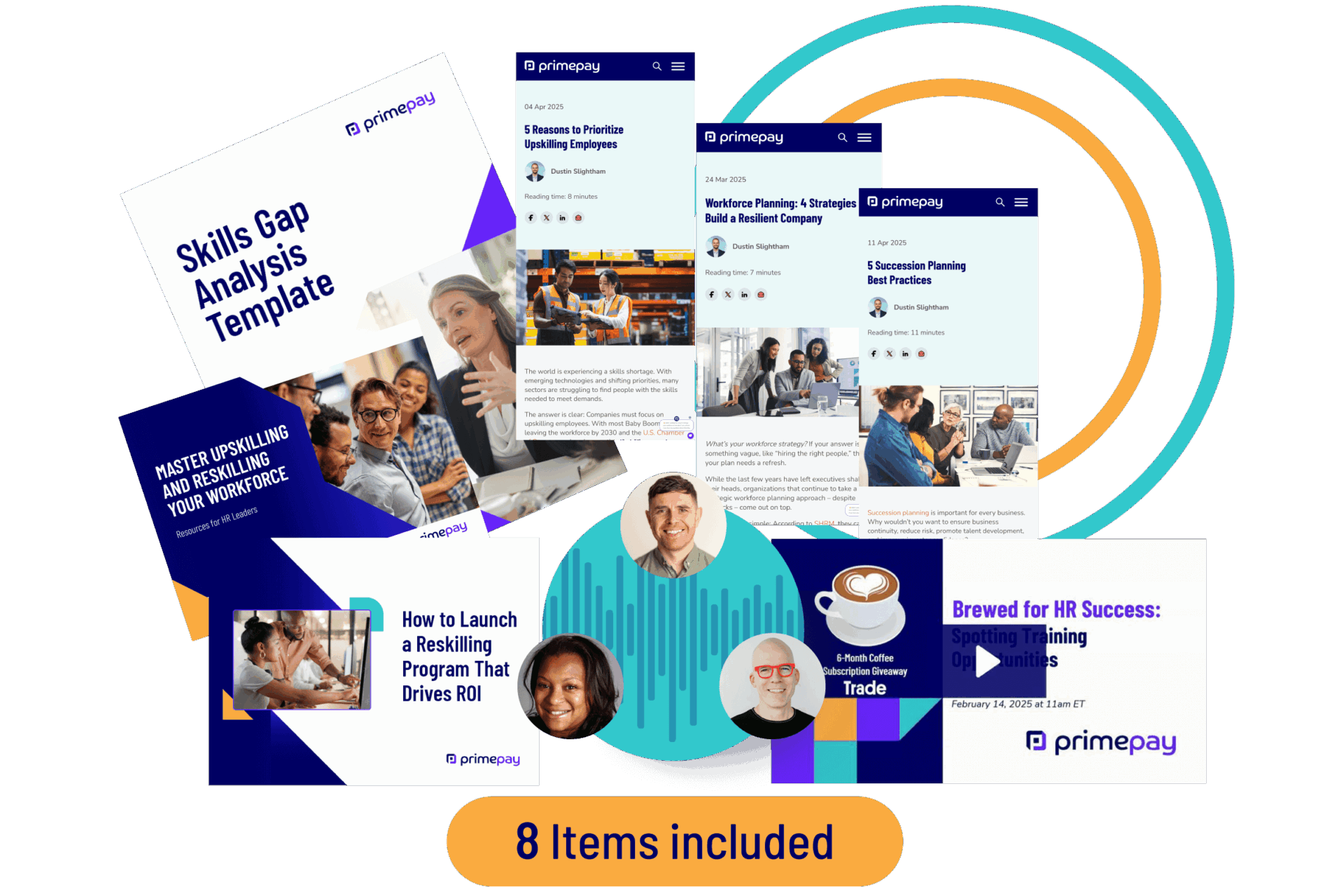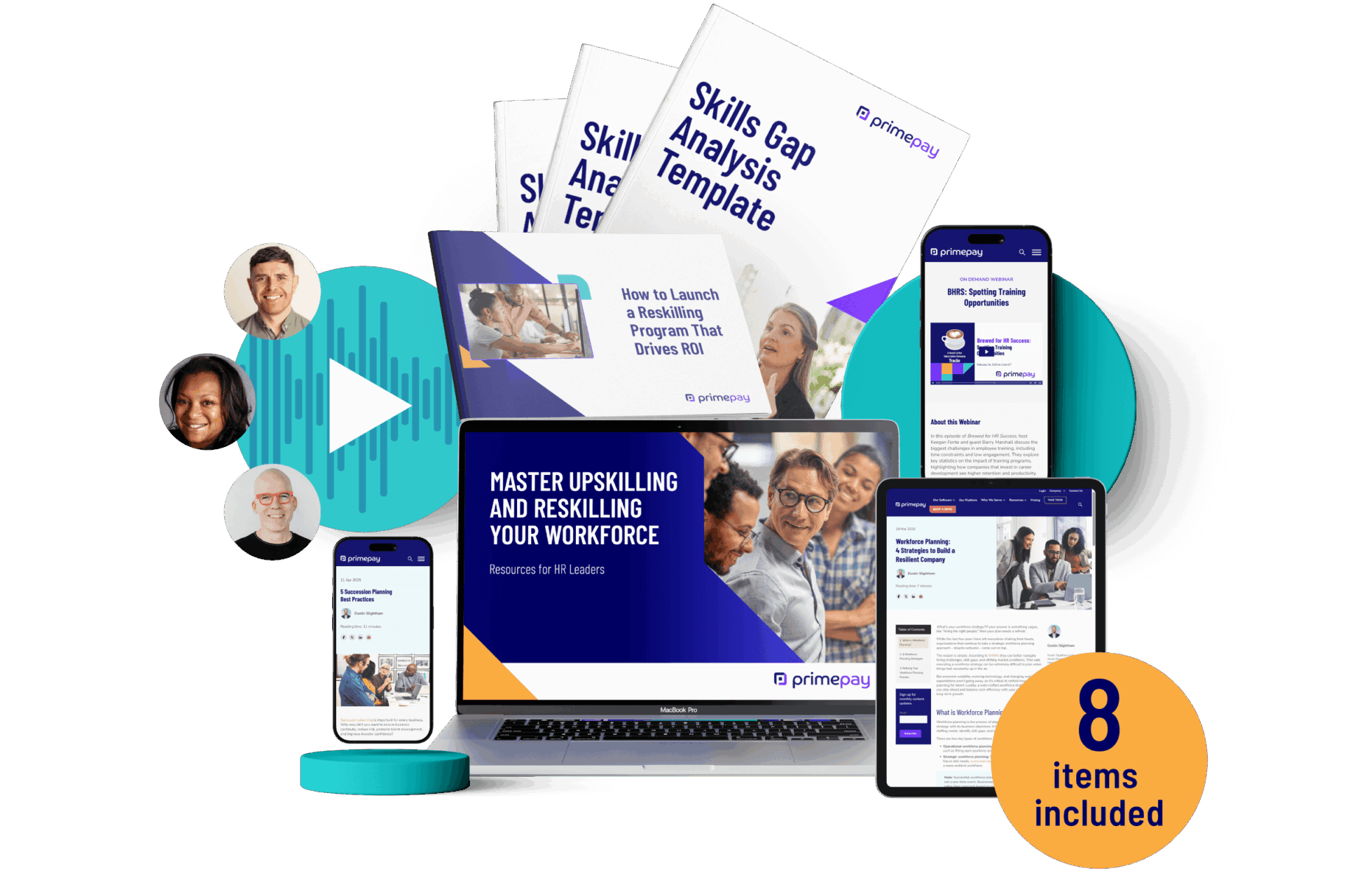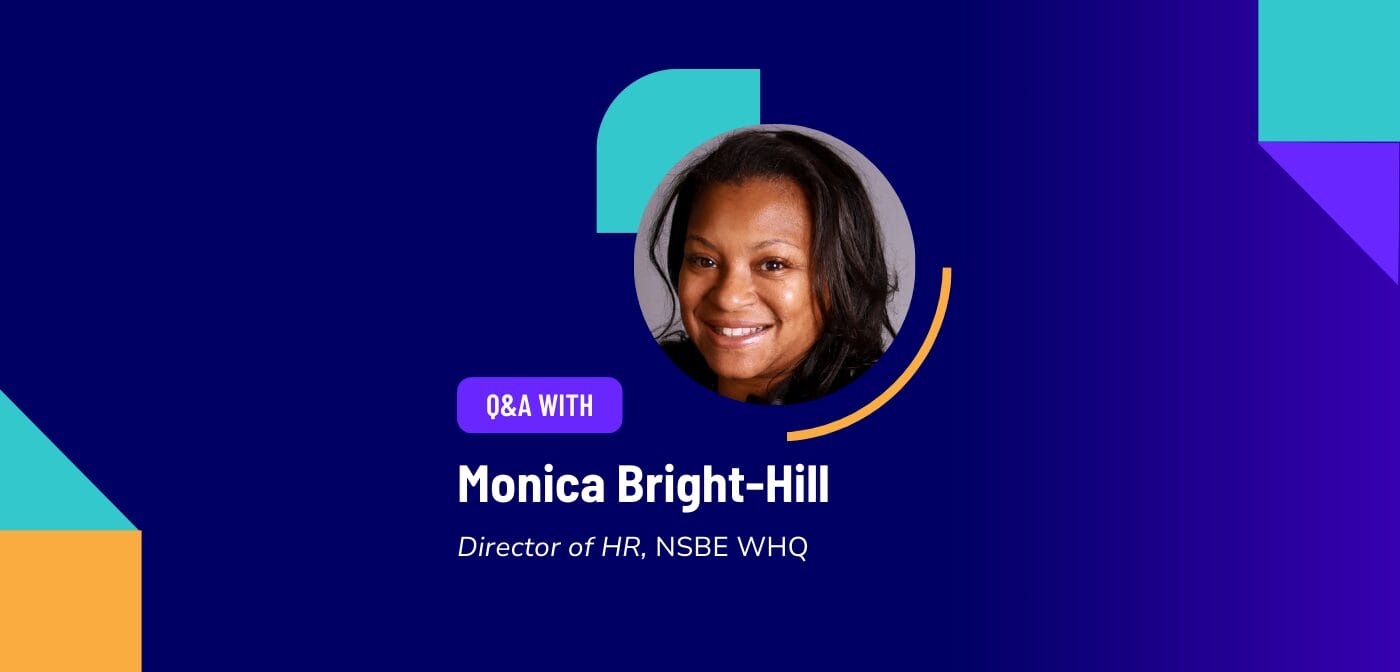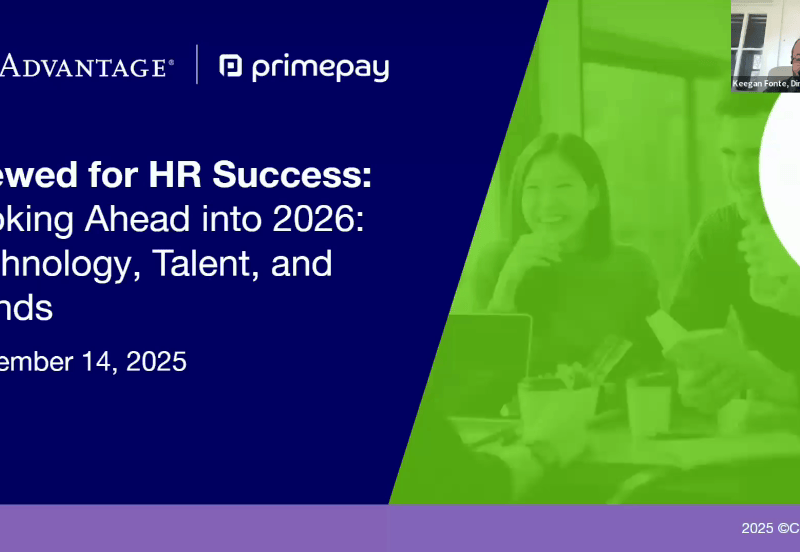HR leaders are crucial in aligning employee skills with business needs while ensuring their workforce feels supported and valued.
In this conversation, Monica Bright-Hill, Director of HR for the National Society of Black Engineers World Headquarters (NSBE WHQ), shares insights on building upskilling programs while considering the needs of the organization and employees.
Q: How can HR create reskilling and upskilling programs tailored to business needs?
Monica: It starts with understanding both employees’ skills and what the business actually needs. That means doing skills assessments, having conversations with leadership about future goals, and identifying gaps before they become a problem.
This year I chose six trainings that align with our core values and provide benefits to all people, like respectful communication. But beyond that, training can’t be one-size-fits-all. Different employees need different types of support. You have to take into account how people learn and what works best for them. Some may need structured courses, while others may benefit more from mentorship or hands-on experience. HR has to build programs that are flexible enough to meet people where they are while still moving the business forward.
It all comes back to three things that are really important:
- What does the employee need?
- What does the department need?
- What does the organization need?
Once you find the balance between those three things, you can build a training program and provide what everyone needs to be successful.
Q: In your experience, how should HR prioritize who receives upskilling programming?
Monica: You invest in your top performers, especially when you’re thinking about succession planning because it’s easier to train and keep than to hire new. As for bottom performers, HR should think, “How do I give them the skills to become a top performer?” You find training opportunities because you want them to know their job, perform well in their role, and give them the necessary skill sets. On top of that, they’re now slowly improving their performance.
But here’s a question I don’t think enough people ask: How do people describe leadership? You can be the janitor and be in leadership. You don’t have to have direct reports. Your title does not have to be “manager.” I expect every single person in the organization to be a leader.
At NSBE WHQ, I expect every employee to exude leadership because we’re a student-run organization. That means that the majority of those we’re helping to move along in the engineering space are 25 and under—who are still in college and still figuring it out. Some have jobs in big companies, others are just in school. You have some students who are working on their Ph.D.s. So they, the members, have experience, but we should all take leadership roles, and it doesn’t matter their title.
Q: How does company growth play into reskilling initiatives?
Monica: HR must consider that every decision matters – especially when you’re thinking about growth. For example, “We’re 40 people today, but what happens when we’re 100? You must set that foundation and groundwork for the current 40 that will make the company successful and be able to grow.”
HR also has to think about what happens next because not everyone will stay. There are some people who are going to say, “You know what, I got all that I could from this particular role and now I have to go.” As an HR leader, you should hope that they take all of the things you were able to provide as an organization and be their best at the next company.
Q: Let’s say HR creates a new reskilling program. What’s something that can go wrong?
Monica: You can’t just assume employees will seek out development on their own. HR has to take an active role in guiding that process. Just like with benefits, people often forget about upskilling resources unless HR continuously reminds them and makes it easy to engage.
And that communication can look like, “We’re investing in you. We want to make sure you’re successful. We need you to take the time to invest in yourself and pay attention.”
HR has to make reskilling and upskilling accessible and visible—whether that’s through regular reminders, tying it into performance reviews, or having managers actively encourage participation. Otherwise, those opportunities get overlooked.
Q: HR is clearly a critical driver in upskilling initiatives. What makes a strong HR team?
Monica: It’s all about having a great staff and leadership team that genuinely cares about doing the right thing. That’s actually one of our core values: We do the right thing. It’s not easy—HR is heavy work—but when you have a strong team and leadership that prioritizes people, it makes all the difference.
I also think about my role as, “What can I do for my people?” Whether it’s ensuring they’re supported mentally, professionally, or financially, HR should always advocate for employees in ways that align with business success.
Reskill Your Workforce
Grab our free toolkit, which is filled with insights, calculators, and templates to help build your HR programming.










